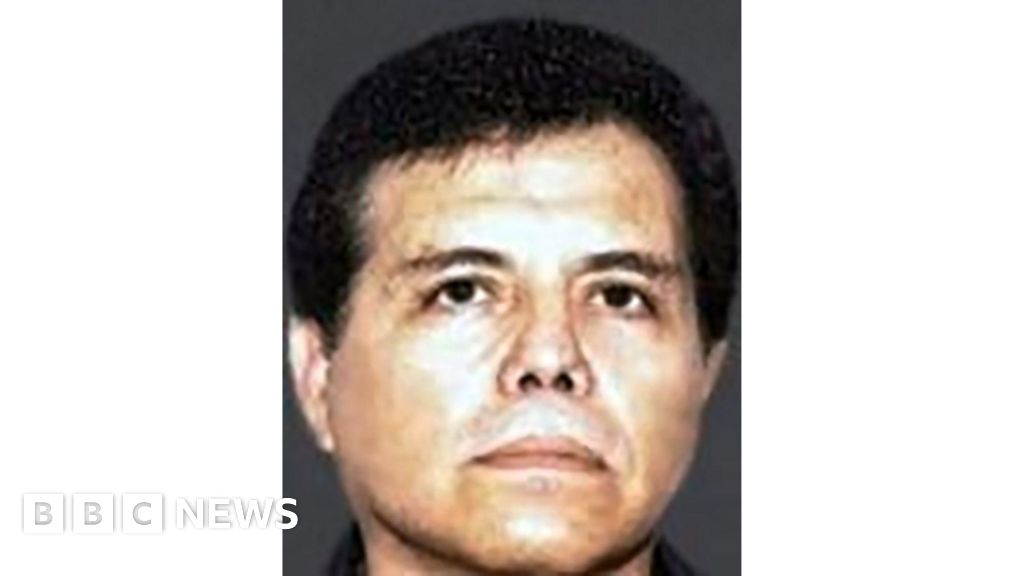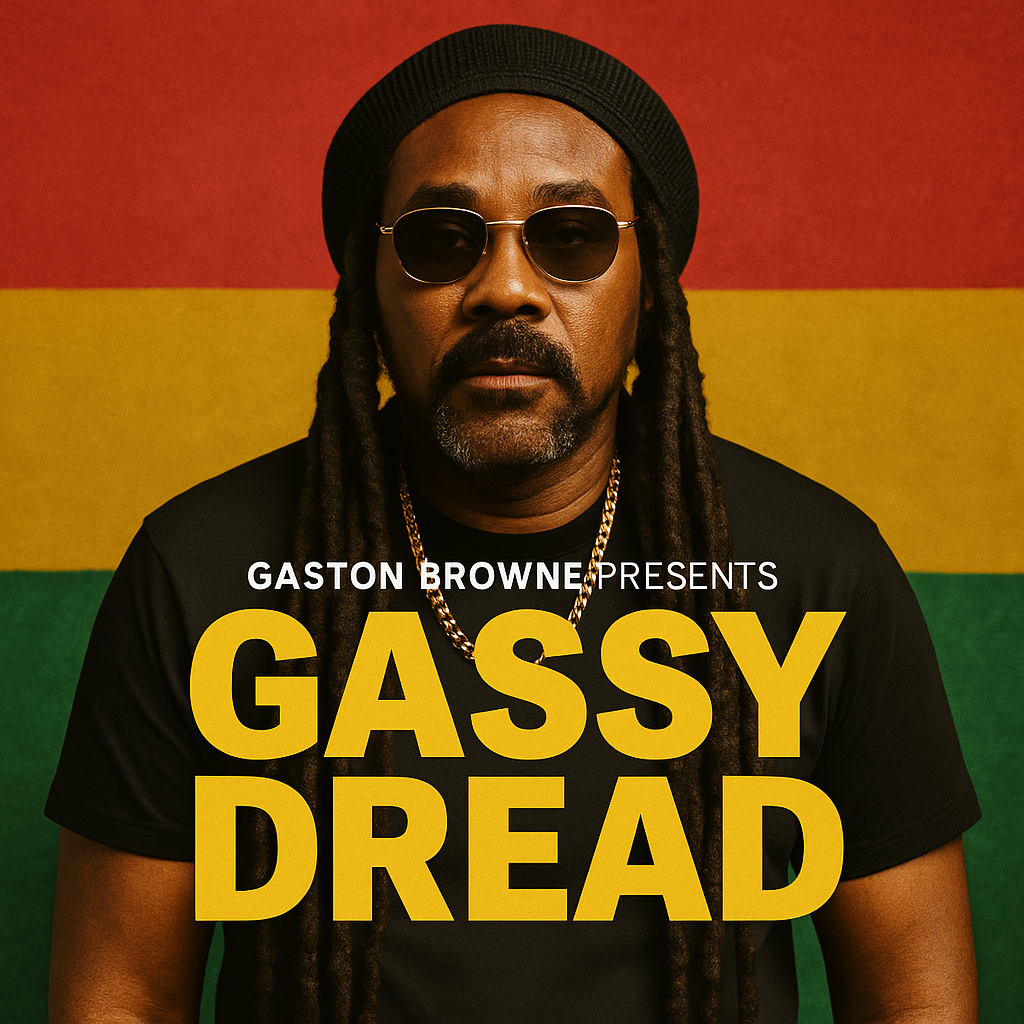The recent revelation of a previously unknown waltz by Polish composer Frederic Chopin has thrilled music enthusiasts and historians alike. The manuscript, discovered in the vaults of the Morgan Library and Museum in New York, is believed to have been composed between 1830 and 1835. Curator Robinson McClellan stumbled upon the sheet while cataloging new collections. Collaborating with a foremost authority on Chopin, he worked to verify its authenticity.
Although the manuscript lacks Chopin's signature, its distinct bass clef handwriting suggests it is indeed from the composer. Notably, the waltz contains minor rhythmic and notational errors; however, McClellan expressed high confidence in its authenticity, stating, "I feel about 98% sure, and many people who have heard it already feel in their gut this sounds like Chopin."
The piece showcases unique elements, including an unexpectedly stormy opening, but the melody ultimately embodies the qualities typical of Chopin's style. Renowned pianist Lang Lang has already recorded the waltz, sharing it with the public through the New York Times, which first broke the news.
Chopin, who predominantly composed piano works, passed away at the young age of 39 in France in 1849. His life was marked by struggles with hallucinations and suspected epilepsy, which Spanish researchers recently concluded may have affected his health and artistry. The discovery of this waltz brings new layers to the understanding of this enigmatic figure in classical music history.
Although the manuscript lacks Chopin's signature, its distinct bass clef handwriting suggests it is indeed from the composer. Notably, the waltz contains minor rhythmic and notational errors; however, McClellan expressed high confidence in its authenticity, stating, "I feel about 98% sure, and many people who have heard it already feel in their gut this sounds like Chopin."
The piece showcases unique elements, including an unexpectedly stormy opening, but the melody ultimately embodies the qualities typical of Chopin's style. Renowned pianist Lang Lang has already recorded the waltz, sharing it with the public through the New York Times, which first broke the news.
Chopin, who predominantly composed piano works, passed away at the young age of 39 in France in 1849. His life was marked by struggles with hallucinations and suspected epilepsy, which Spanish researchers recently concluded may have affected his health and artistry. The discovery of this waltz brings new layers to the understanding of this enigmatic figure in classical music history.





















